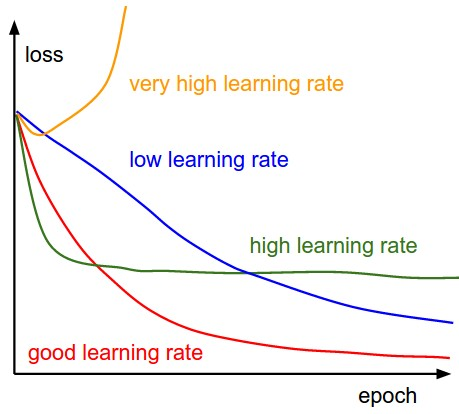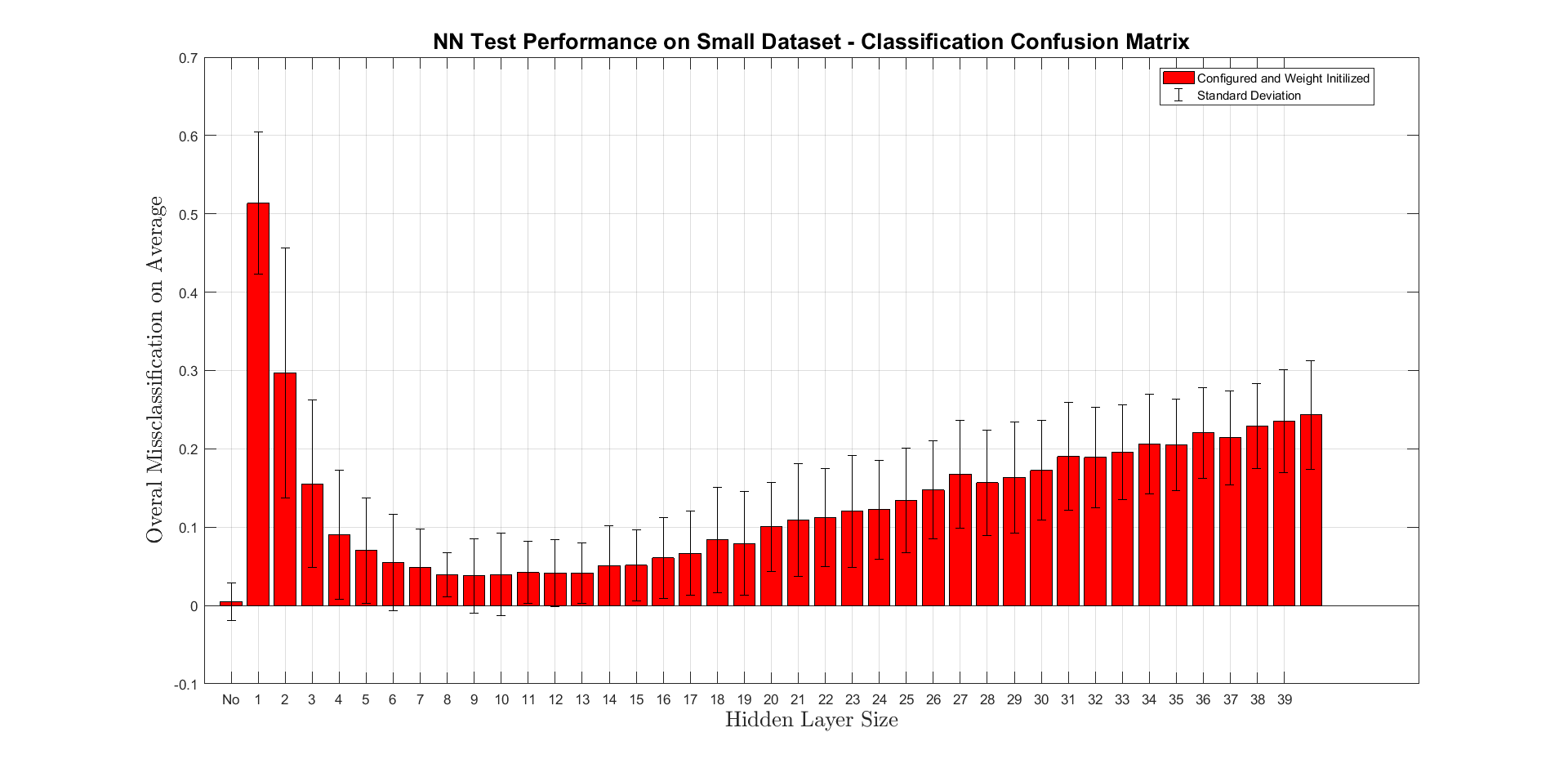Hyperparameter tuning in deep learning
Predicting CTR with Machine Learning in Python

Kevin Huo
Instructor
Learning rate and number of iterations

- Weights are updated iteratively
- Uses back-propagation
- A good learning rate will result in loss dropping quickly and stabilizing
- Shown in red line
- Too high of a learning rate will result in an "overshoot" and very high loss
- Shown in yellow line
Choosing hidden layers

- Increase in performance up to certain level of complexity, then drop-off afterwards.
Grid search
param_grid = {'max_iter': [10, 20],
'hidden_layer_sizes': [(8, ), (16, )]}
clf = GridSearchCV(
estimator = MLPClassifier(), param_grid = param_grid,
n_jobs = 4)
print(clf.best_score_)
print(clf.best_estimator_)
0.65
MLPClassifier(hidden_layer_size = (16,), ...)
Real life extensions
- Batch size and epochs are also potential hyperparameters
- Batch size is for mini-batch (training is done in small batches), and epochs are for the number of iterations through whole training data
- Initialization of weights can vary and affect results
- Examples of different initializations: uniformly distributed, normally distributed, etc.
- Keras and Tensorflow are often used rather than
sklearn- This is due to limited functionality on
sklearnin comparison
- This is due to limited functionality on
Let's practice!
Predicting CTR with Machine Learning in Python

